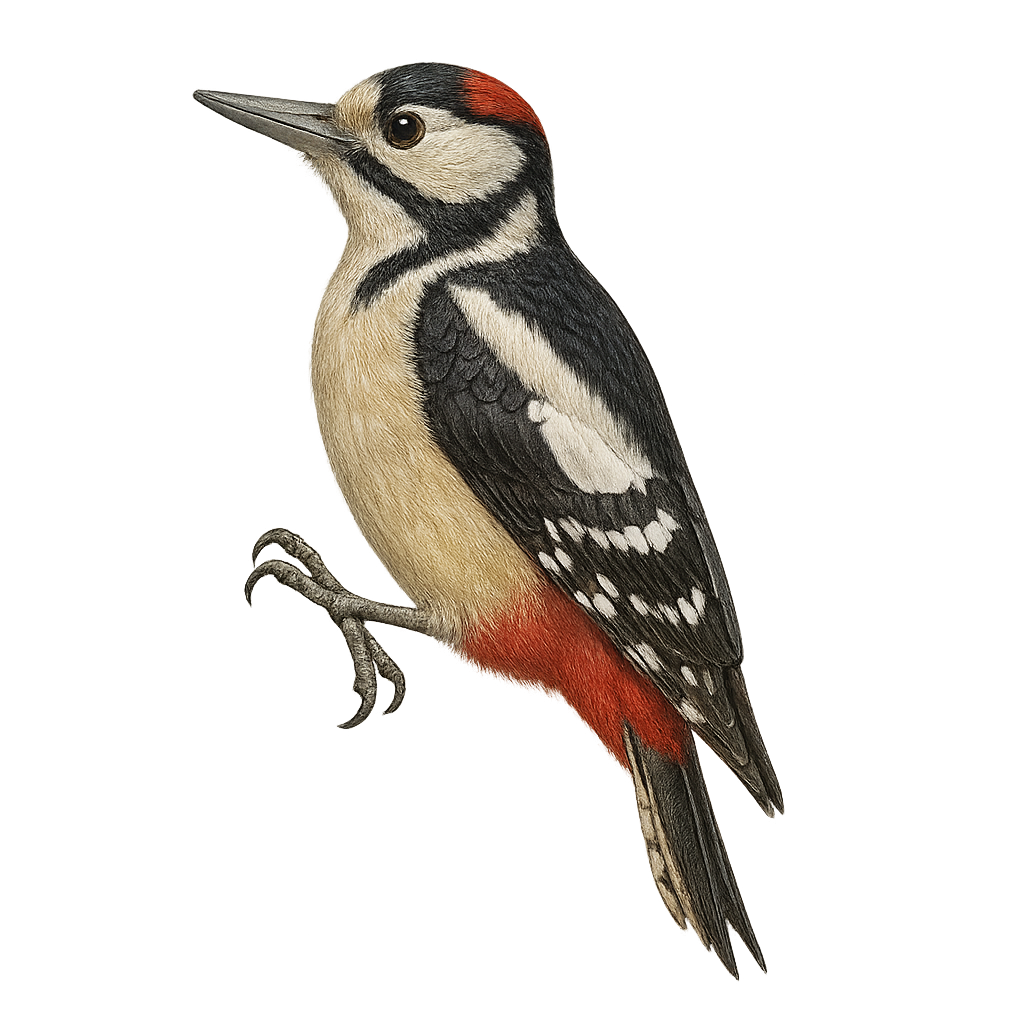Your wildlife photography guide.
Explore the himalayan woodpecker in detail, study its behavior, prepare your shots.
Where to observe and photograph the himalayan woodpecker in the wild
Learn where and when to spot the himalayan woodpecker in the wild, how to identify the species based on distinctive features, and what natural environments it inhabits. The WildlifePhotographer app offers tailored photography tips that reflect the himalayan woodpecker’s behavior, helping you capture better wildlife images. Explore the full species profile for key information including description, habitat, active periods, and approach techniques.
Himalayan Woodpecker
Scientific name: Dendrocopos himalayensis

IUCN Status: Least Concern
Family: PICIDAE
Group: Birds
Sensitivity to human approach: Suspicious
Minimum approach distance: 10 m
Courtship display: April to May
Incubation: 12-14 jours
Hatchings: April to June
Habitat:
Coniferous forests, mixed forests, mountainous areas
Activity period :
Primarily active during the day, with peak activity in the morning and late afternoon.
Identification and description:
The Himalayan Woodpecker, Dendrocopos himalayensis, is a captivating bird primarily inhabiting the coniferous and mixed forests of the Himalayan mountain regions. This medium-sized bird, measuring about 25 cm in length, is distinguished by its striking black and white plumage, with a red crown in males. It is often seen drumming on tree trunks in search of insects, its main food source. Although primarily insectivorous, it may also consume seeds and berries. The Himalayan Woodpecker is a diurnal bird, active mainly during the day, and is known for its territorial behavior, vigorously defending its territory against intruders.
Recommended lens:
400 mm – adjust based on distance, desired framing (portrait or habitat), and approach conditions.
Photography tips:
To photograph the Himalayan Woodpecker, focus on coniferous and mixed forests at altitudes between 1500 and 3000 m. Use a telephoto lens of at least 400mm to capture detailed images without disturbing the bird. Be patient and discreet, as the Himalayan Woodpecker is suspicious and may fly away if you get too close. Early morning hours are ideal for soft, natural lighting. Listen carefully for the bird's characteristic drumming to locate it more easily.
The WildlifePhotographer App is coming soon!
Be the first to explore the best nature spots, track rutting seasons, log your observations, and observe more wildlife.
Already 1 439 wildlife lovers subscribed worldwide

